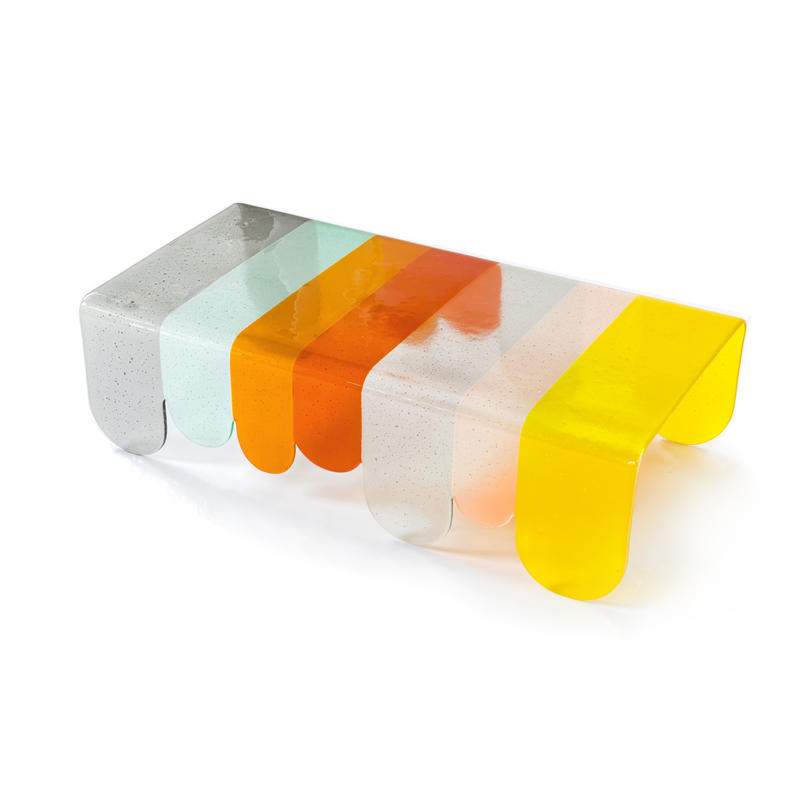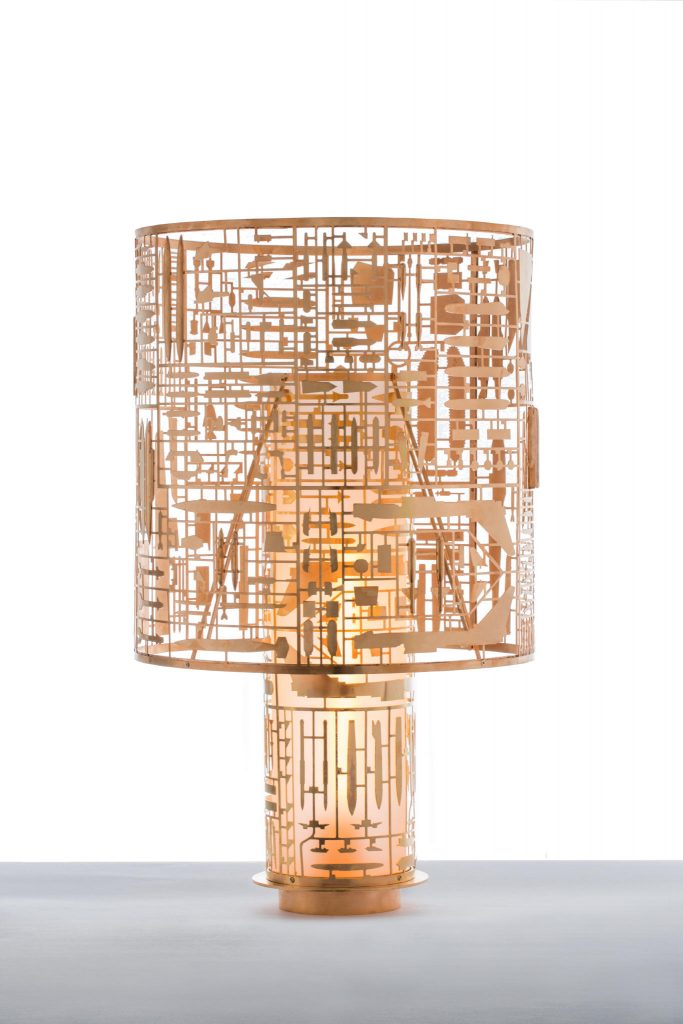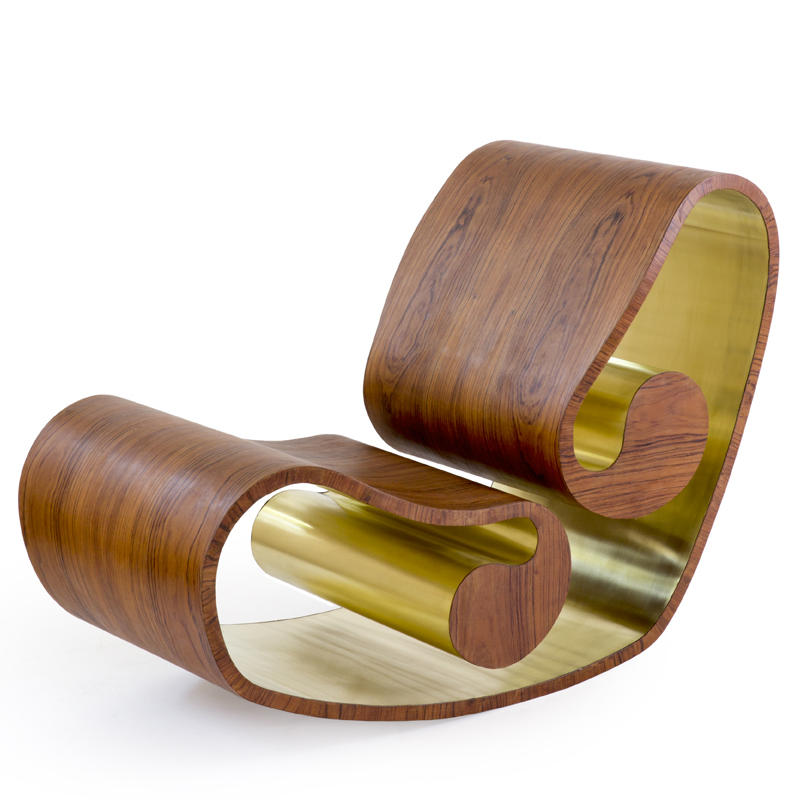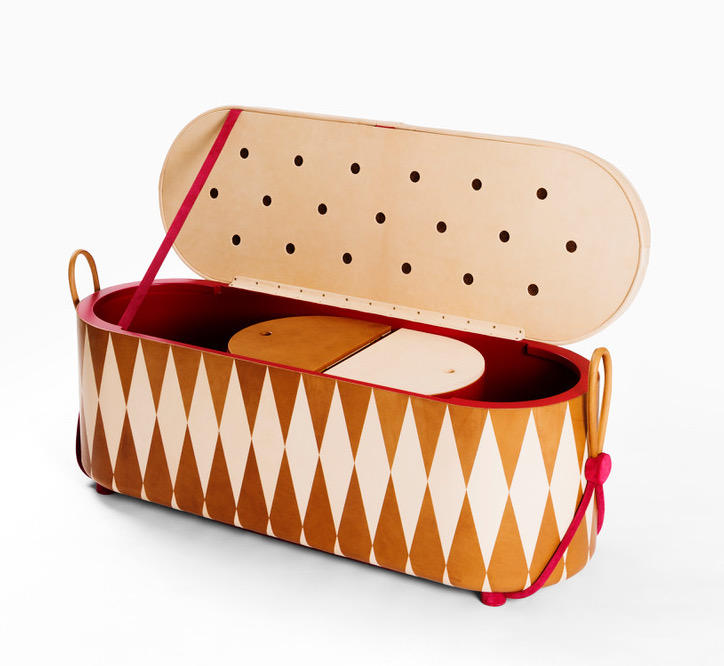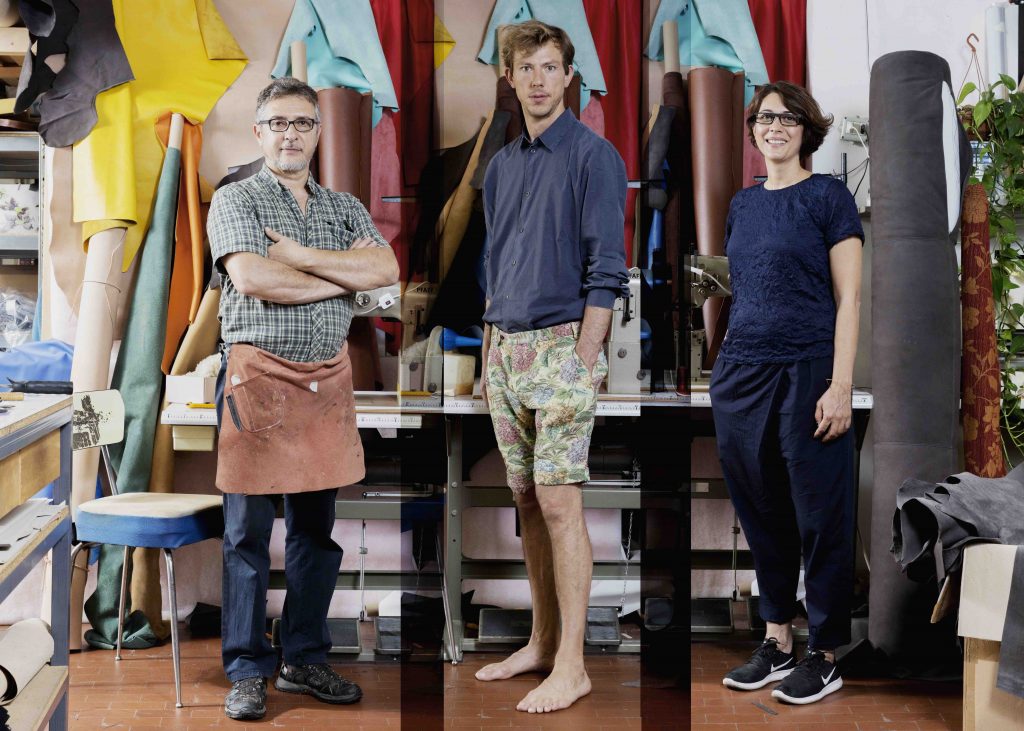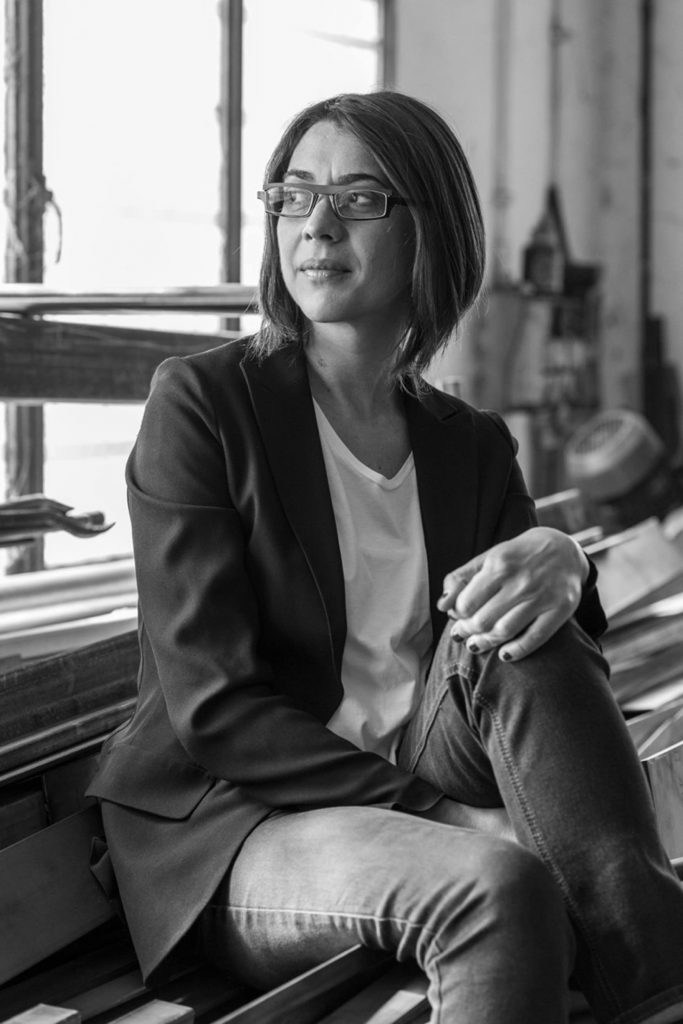Claudia Pignatale, Founder and Creative Director of Secondome Design Gallery, has dynamically dedicated her passion for art and design since 2008. She actively collaborates with international young designers under 40, along with her constant pursuit of discovering new talents and emerging artists to launch. Claudia’s mission is to turn Secondome Design Gallery and Secondome Edizioni into a pivotal centre of attraction and spotlight for designers in Italy and abroad with her attendance in international design fairs. Based in the artistic neighbourhood of Trastevere, she is determined to place Rome back on the map of the international design scene and export design and Italian’s artisans’ expertise around the world through its collections.
Secondome Edizioni Design Gallery is a design platform that focuses on worldwide emerging designers and innovative projects. For ten years, the Gallery has been dedicating its installation space to the design works it hosts; each piece, as a collection or limited edition series, speaks louder than words in its whimsical nature of subject versus material. Mostly handmade products, honouring the craft and practice of contemporary artisanship, reflect the traditional values of design whilst breaking the mould of lifeless objects of art.
More than just a gallery, Secondome Edizioni, since April 2008, has also established itself as a brand by producing its own collection of design objects working closely with its designers. Emphasizing on a Made in Italy brand, most of the production is hand-crafted locally. Secondome works have been displayed in some of the most important museums of the world: The Vitra Museum in Germany, The Shanghai Museum of Glass, The Grand Hornu in Belgium, La Triennale in Milan, The New Museum in New York.
For Operæ – Independent design festival eighth edition, Secondome presents:
WUNDERBRUST is a project by Matteo Cibic, grandson of Aldo Cibic and winner of 2017 EDIDA prize (Elle Décor Italian Design Award) in the Young Design Talent of the Year category, for PHM crafted by DOC: “While nosing and poking around the atelier of DOC”, stated Alice Stori Lichtenstein “Matteo Cibic was struck by the skill required for making cushions and craft with which boxes and containers were leather-bound. He started to play with the idea of a trunk, seeing it as a timeless object which is passed along in a family. With an eye to the luxurious travelling trunks of the past and one to the humbler and traditional wooden chest, Cibic developed his own very personal interpretation. The result is a seating bench, that by lifting the lid can be used as a storage space. Using the most natural leather as a canvas, he applied colour and a pattern with his signature humour.”
The VOLUTA rocking chair, designed by Stefano Marolla, made of wood, carbon fibre and brass, is inspired to the classical organic plastic shapes, hiding behind its apparently simple structure, the complex technology needed to obtain the elastic effect that exalts the comfort. SETTIMIO is a “settimino” chest of drawer (seven-drawer dresser) created with a clear allusion to sculpture, almost as a provocation, that follows the tendency to mix art and design.
The RISVOLTI mirrors, designed by Vito Nesta and made in collaboration with Effetto Vetro, mix in an unconventional way a high-tech material as Supermirror steel and the opaline glass went out of production since the ‘50. The steel modernity contrasts the vintage taste of the coloured mosaic tassels, skillfully placed to design two different patterns, Risvolti A and Risvolti B.
In his LUNAPARK coffee table, Alessandro Zambelli infuses colours, sounds, scents and flavours of a country fair, with carousels, lights and sweets’ stands. Realized with an innovative technique of glass fusion.
For Henzel Studio, Richard Prince created a free-form design informed by a series of collages featuring numbers. Richard Prince has since the late 70’s filtered imagery from mass media, advertising and entertainment, and through re-appropriation turned them into original works, thereby redefining concepts of authorship, ownership and artistic context. Prince refocuses us on the ordinary; he gives it to us repeatedly, in serial form, until it becomes “extraordinary”. Prince’s deliberate redundancy, and an incessant return of the same plays with our sense of reality.
Designed by Lorenza Bozzoli, POUF COUTURE is an elegant and exclusive collection born from the observation of the material and the research to better enhance its intrinsic qualities. The colours combinations give life to a living chromatic palette. From the world of the haute couture, the poufs inherit the manufacturing of tailoring together with the care for the details.
DISARMANTE (“Disarming”) is the table lamp by Gio Tirotto. Inspired by the sprue, plastic frames that contain the parts of the model to assemble, the object name has a double meaning: the “disarming” of the weapons that shape the lamp and their transformation in a disarming decorative object. Structure made of laser-cut brass with metal inserts in lost wax-brass and handblown satin glass.
The vases BOOMING are the result of a collaboration between Analogia Project and master ceramist Alessio Sarri. The aim of these objects is to explore two opposite essential elements that make our existence: air and matter, power and fragility. Pure geometrical shapes of white refractory ceramic have been exploded when still fresh. The process of making them followed an experimental methodology. Afterwards, they have been left drying and then cooked, following a traditional ceramic process. The moment of explosion is therefore fixed in the matter. The result is a block of coloured ceramic exploded showing its intimate white texture. Ettore Sottsass defined ‘wrong ceramic’ some ceramic pieces that he did by using unconventional materials and processes. These vases could be also defined ‘wrong ceramic’: contrary to the standard process, they have used very relevant thickness, they put together ceramic and porcelain, they have been coloured when still fresh. As Sarri explained, they have been making without thinking about the material’s limits but with an experimental approach, by trying, testing and establishing new cause and effect relationships. The result shows at the same time both the matter’s heaviness and fragility. The vases are produced by Alessio Sarri Ceramiche.
Matteo Cibic follows up to its366 days research project into object’s sociological relationships. The project, created a bit as a laugh and a bit to immerse himself in the obsessive daily life of a Morandi narrative style, is a personal investigation of the relationship between shape, colour and height, it then turned into an analysis of groups of objects, interpreted as if they were genealogical strains, joined by somatic features, and similar character or colour. Just like the animal species so it is for the VASONASO, interacting in groups among themselves radically changing shape and imagination. It only takes a small difference in the shape in order to create a different species. VasoNaso is, therefore, a project that brings together the creative talent of the designer, and his unbreakable sense of humour, with the craftsmanship aspect of ceramic and glass processing which is synthesised a shape.
Ancient peoples observed the night sky to point out stars and use them for orientation. They wanted to be closer to these stars but were afraid of the enormous space in between. That’s why they built their cities mirroring the constellations. Inspired by this thought, Hillsideout presents COLORED BLOOMING SKYLINE CONSOLE a furniture pieces that frame and evidence city structures. They are reverted towards the ground because they are imaginary cities built following star constellations. The images of exotic flowers, alchemically connected to the stars are inserted into wooden boxes.
JEUX DES CORPS. “It’s a 2012 project realized while I was living between Bruxelles and Paris” stated Paolo Polloniato. “Jeux des corps is the sarcastic and ironic display of our time. Every piece is a theatrical setting for metaphorical and allegoric scenes, created re-using traditional ceramic elements from Nove, the place where I work. The different subjects used to lose their original purpose to become main characters in a strictly personal vision where irony, eros, disguise, sacrifice and worship become ingredients of the play. Each box is unique and not replicable. I like to let the viewer interpret the single situation, underlining the metaphor that can exist in every displayed scene.”